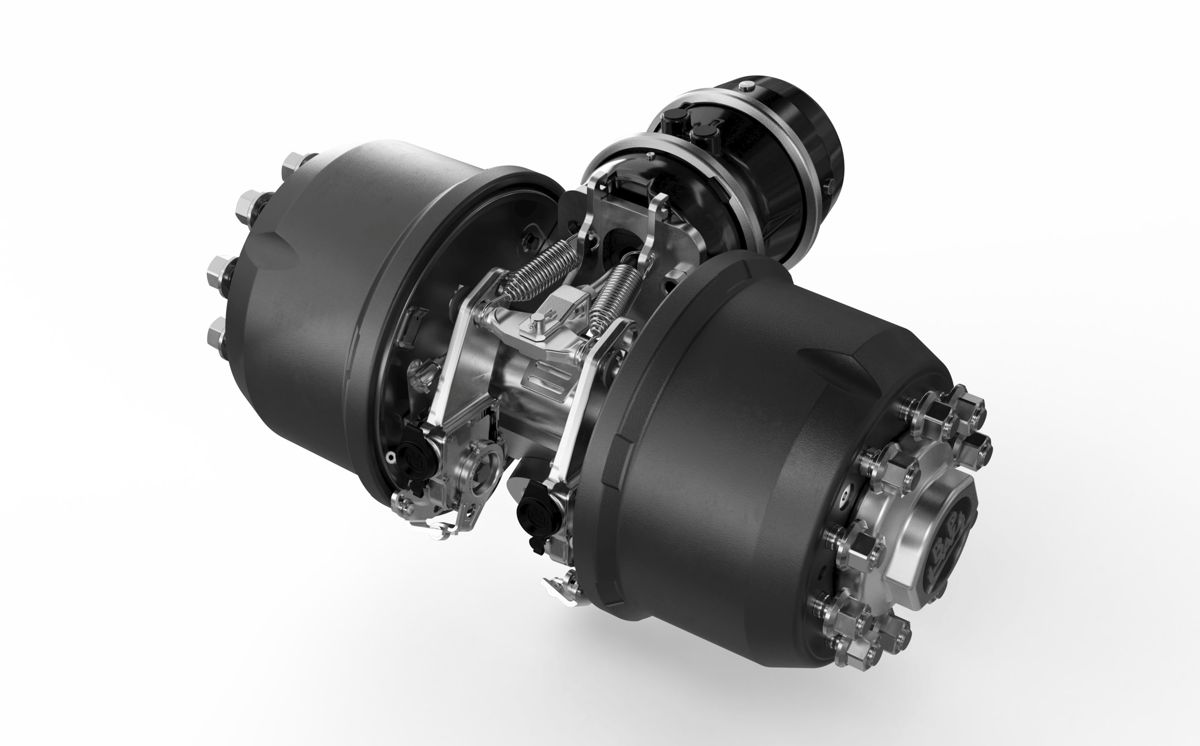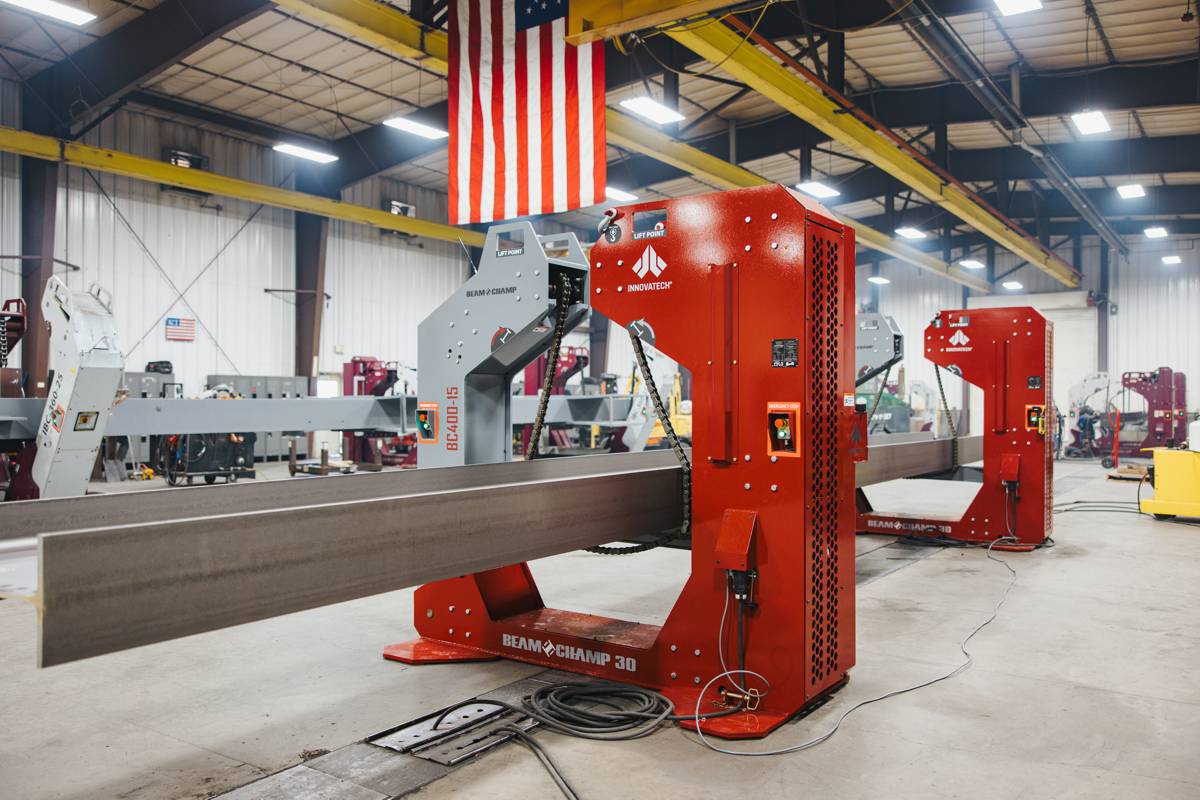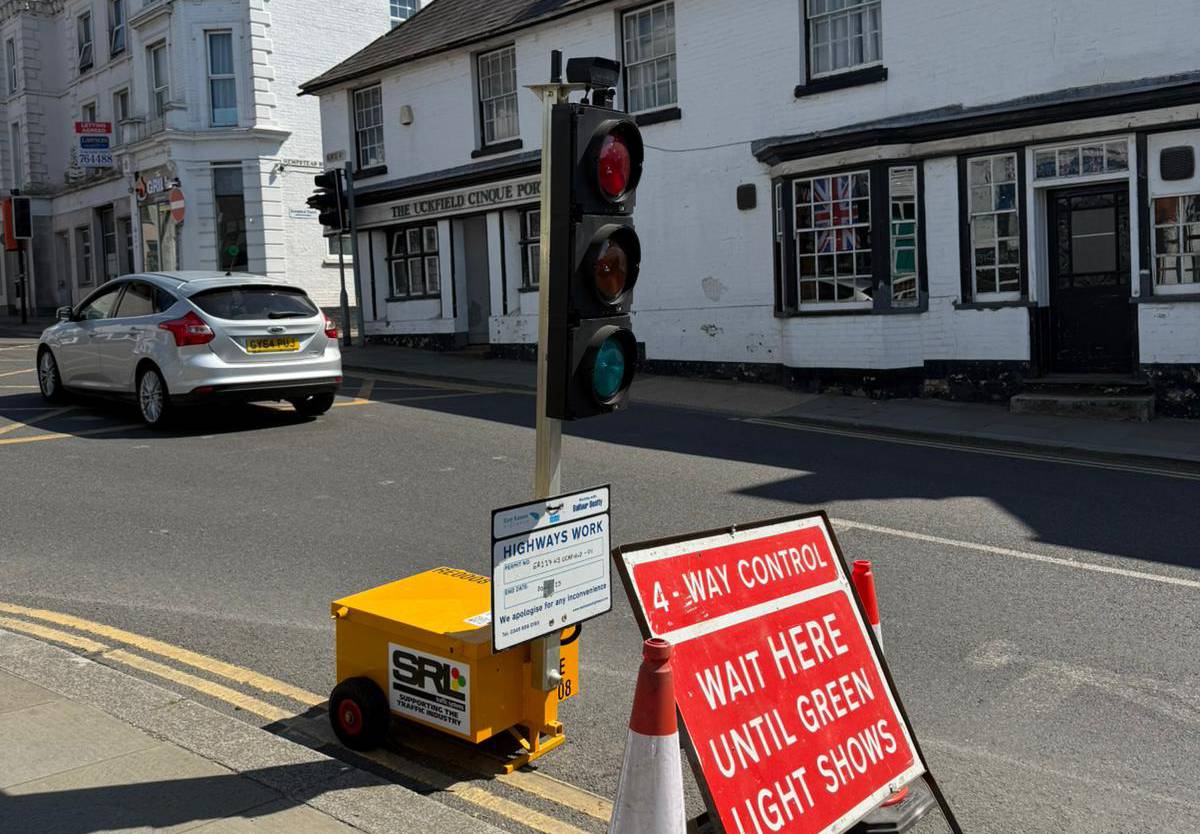Innovating companies could reduce UK Corporation Tax to 10 percent
Data provided by HMRC in October 2019 showed that over £1 billion in tax relief was claimed by 1,170 companies under a scheme called Patent Box.
The scheme is designed to reward companies who invest in innovation and seek to protect their IP with a patent. 100% of a company’s worldwide profits arising from the patented element should qualify for a reduced rate of Corporation Tax of 10%.
Widely available data shows that UK patents total more than 60,000 with these patents being associated with around 19,000 companies. Clearly these companies should be seriously investigating this scheme with their advisors.
We Don’t Have a Patent so Why is This an Opportunity?
The Patent Box scheme is designed by HMRC to work alongside the R&D Tax credits scheme. Over 42,000 companies will have claimed relief under this scheme yet only 1,170 companies claimed Patent Box. This is clearly an opportunity for those with a patent who have not claimed.
For those companies without patents opportunity can come from re framing the objective of a patent. Traditionally time and cost are be seen as a barrier. Worldwide IP protection on a whole product is certainly expensive and time consuming. However, re-framing the objective to be a pure financial one can mean significantly shorter time and much lower cost. After all, the 42,000 companies who claimed R&D tax credits have already convinced HMRC that their product or service contains innovation so a patent may be possible here.
For new patents this scheme requires a little medium-term planning and activity. The significant financial benefits present strong motivation to work with an advisor to help get this work done. After all, a patent lifetime is 20 years and the benefit of the scheme applies to the lifetime of the patent.
Practically, What Does this Mean for New Patents?
A manufacturer of industrial lighting reviewed the innovation elements of the R&D claim to produce a list of simple patent opportunities. The focus of the patent was UK only given that most revenue came from UK clients. They chose to patent the shape of a cooling vane on a core product line. A patent attorney was selected who could deliver within a fixed cost and time and the end to end process lasted 9 months.
The products with the patented element represent a significant proportion of the businesses profit which, when opted into the scheme, deliver significant savings for many years.
Choose Your Advisor Wisely
There is a degree of complexity around the rules and the calculations. This shapes both the right element for a patent and ensuring that the HMRC requirements are met.
Producing a patent product opportunity map, establishing the technical rationale for the patent use, validating the apportionment of cost are all supported through a rigorous forensic accounting appraisal by MPA.
Applying the ‘Nexus fraction’ at step 7 of the calculation is the last major step in a process where you’re relying on your advisor’s experience and skills.





















